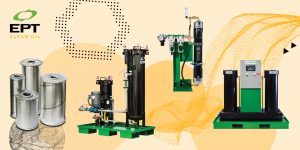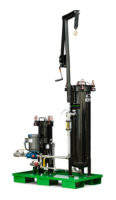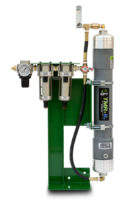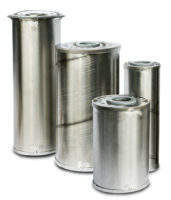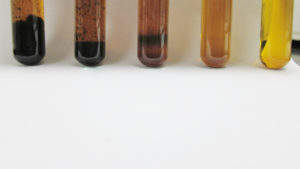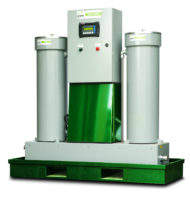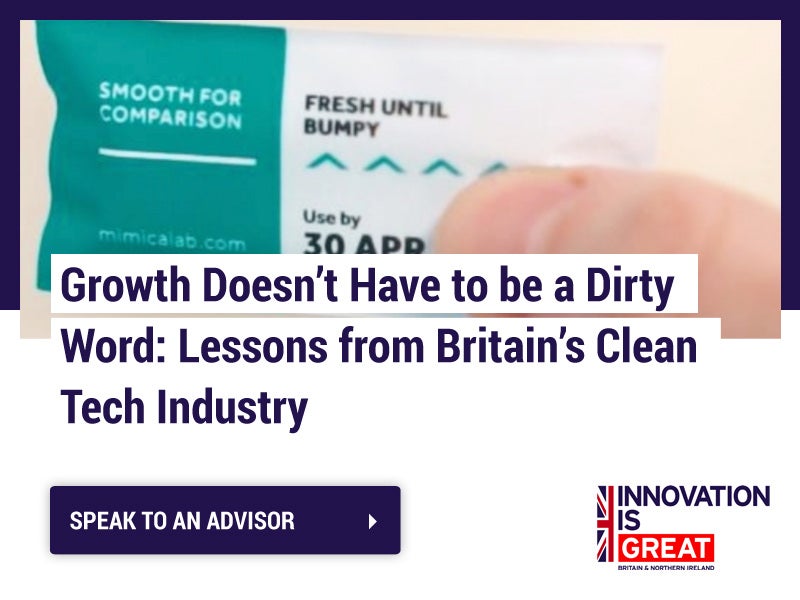EPT Clean Oil Lubricant Purity Solutions for Critical Production Equipment
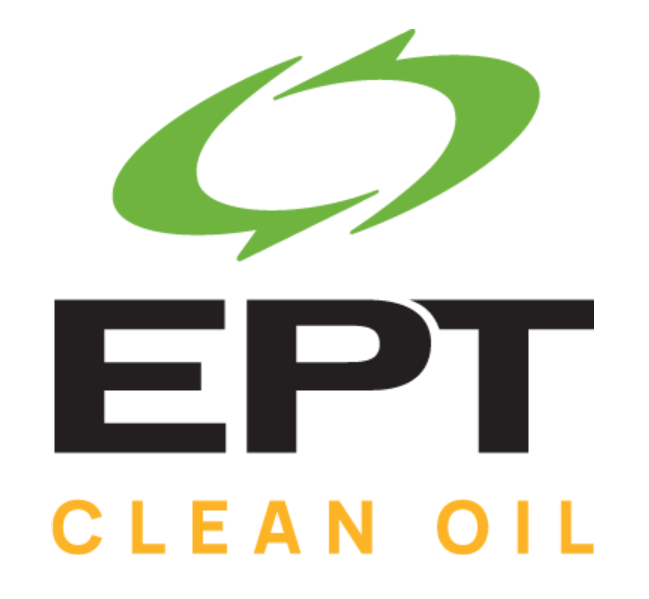

Since 1994, EPT Clean Oil has been hyper-focused on advancing science-based innovation, technological applications and operational management of lubricants and fluids. We use data to drive performance and management of lubricants and fluids, offering a family of products and services focused on driving system integrity over the lifecycle of assets. Our goal is to work alongside our customers to optimize the life of lubricants and fluids, providing solutions that transform operational results and eliminate lubricant and fluid related failures.
What sets us apart? EPT Clean Oil is a ‘one-stop-shop’ integrated lubricant and fluid maintenance company combining product innovation and science-based technology with research-grade laboratory testing and high velocity flushing services. When you partner with EPT Clean Oil, you don’t have to talk to anyone else. Everyone and everything you need to drive results is under one roof offering expert advice, personable customer service and cost saving solutions every step of the way.
Our proprietary technologies, with tens of millions of hours of proven performance on critical power generation applications, are listed below.
ICB™ filters
ICB filters offer a transformational step change in lubricant maintenance. Founded in 1992 by Peter Dufresne Sr., the complete stainless steel design was engineered for the most demanding industry applications to offer unparalleled filter integrity.
ICB filters are manufactured with one goal in mind, to remove the dissolved oxidation molecules that accumulate and cause mechanical problems in bearings, seals and servo valves. Based on ion exchange technology, these filters are engineered work horses, combining best in class chemistry and materials with precision robotic welding, to provide the most robust and highest performing filter available. With so many benefits beyond acid and particulate removal, ICB filters offer a step change in oil performance, protecting system reliability and production.
SVR™
Utilising ICB™ purification filters, SVR goes beyond solid contamination removal, hyper-focused on the root cause of lubricant failure; dissolved oxidation material. As a result of managing oxidation material, lubricant breakdown and additive consumption decrease significantly, mitigating equipment related failure.
SVR™ PE
SVR PE for phosphate ester fluid provides 200% – 400% more filtration capacity than most OEM systems, and provides the proper rate of filtration to keep your phosphate ester fluid reservoir in optimal condition.
SVR can be combined with the TMR™ N2, an engineered nitrogen generation system designed to remove water and oxygen within atmospheric breathing lubricant reservoirs.
TMR™ N2
The TMR N2 nitrogen blanketing system provides unlimited capacity to remove water and eliminate atmospheric water ingression. TMR N2 manages factors that accelerate oxidation lowering the rate of lubricant breakdown, reducing maintenance requirements and extending fluid life.
ECR™
ECR is an electrostatic system designed to remediate lubricants and fluids, removing fine particulate contamination (<1μm) that passes through standard filtration systems. With up to 90% of the total solid contamination <1μm, these fine particulate contaminants accumulate, impacting fluid life and component wear. In environments where lubricants and fluids lack the required electrical properties to remove fine particulates, the ECR can be used in-line with the TMR™ N2.
EPT Clean Oil Fluid Technical Centre
EPT Clean Oil’s Fluid Technical Centre is a state-of-the-art lab, offering specialized analysis and comprehensive evaluations. Our ACE™ Assessment, performed by professional chemists, focuses on providing you, our valued customers, with a complete picture of your lubricant’s condition.
Our testing packages are designed to provide in-depth evaluations and root cause analysis specific to your application. The resulting data is reviewed and interpreted by application specialists and PhD chemists, with concluding recommendations delivered in our ACE report.
You can come to expect more when you partner with our Fluid Technical Centre. Our ACE Assessment goes beyond standard lab analysis to ensure key information isn’t missed in the management of EHC fluids and turbine lubricants. From advanced testing to expert interpretation of results, our technical team is here to provide the data you need to make informed decisions about your critical assets.
Products and Services
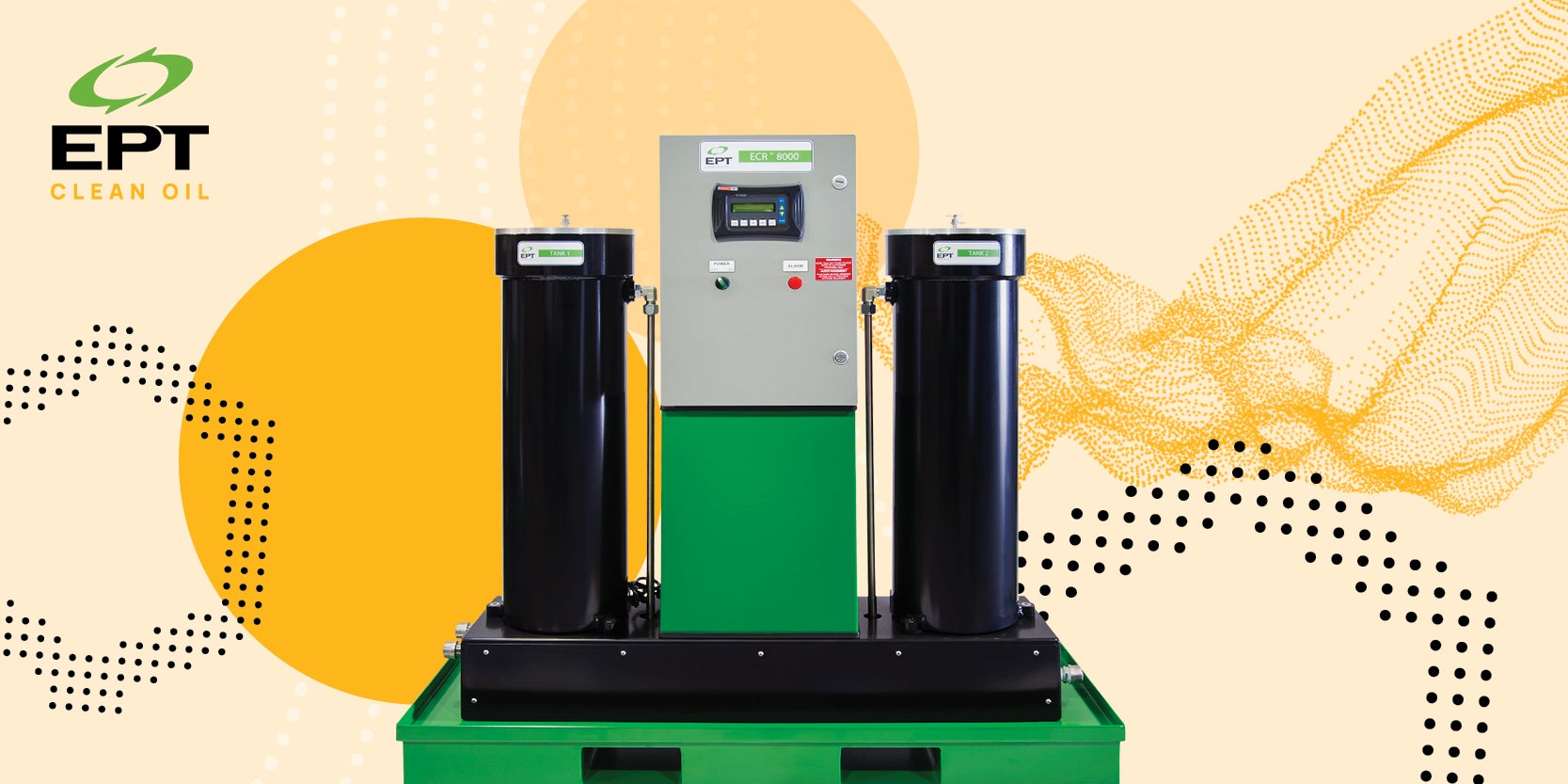
ECR™ Sub-micron Contamination Removal System
Electrostatic contamination removal (ECR™) systems use electrostatic forces to remove particulate matter that is too small to be removed by conventional filtration.
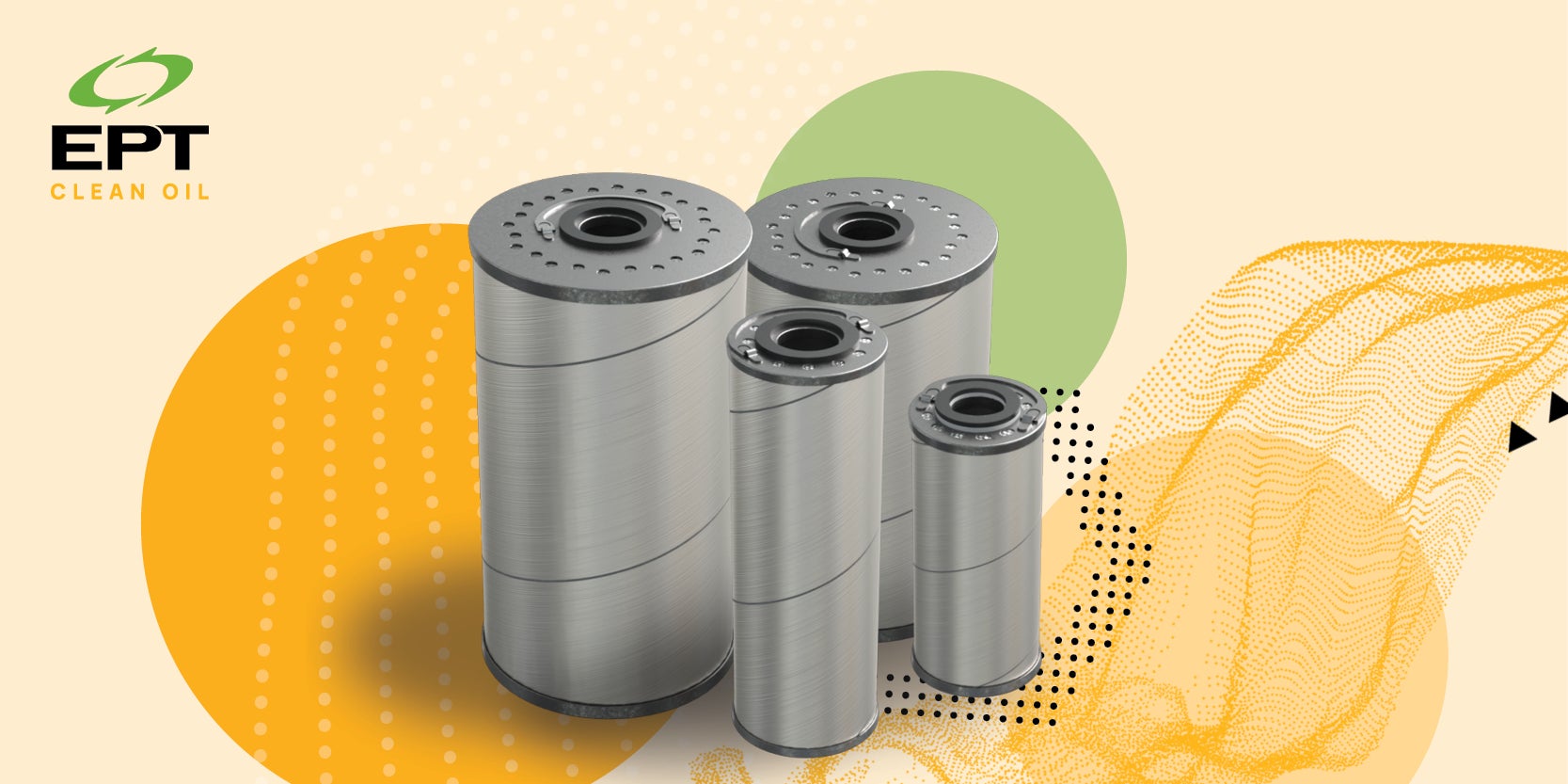
ICB™ Filters
Industry leading lubricant filtration and purification technology with unmatched performance in motion demanding assets.
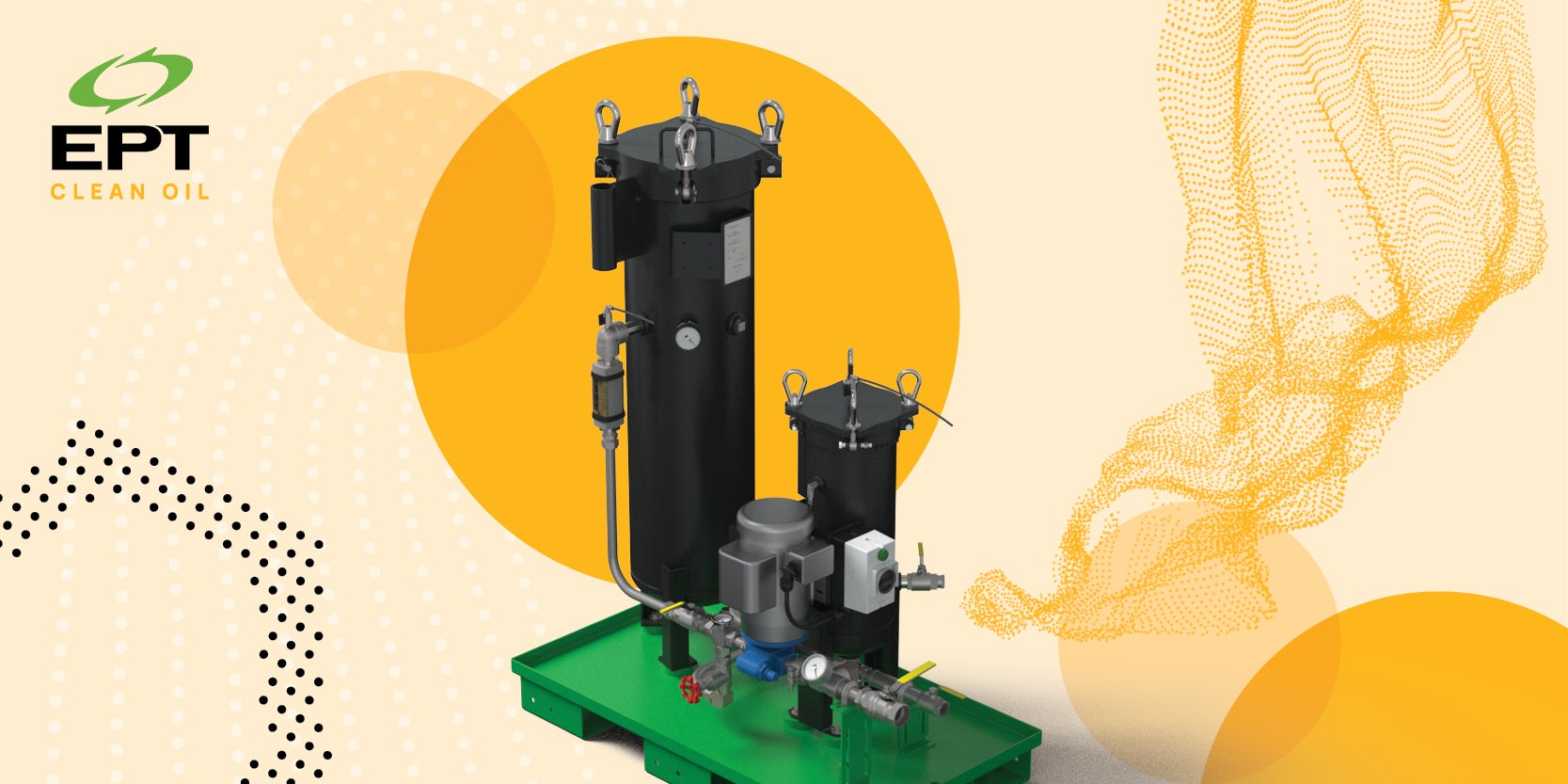
SVR™ Lubricant Conditioning System
SVR is the first of its kind, engineered lubricant conditioning system, designed to protect and manage lubricant life and system reliability.
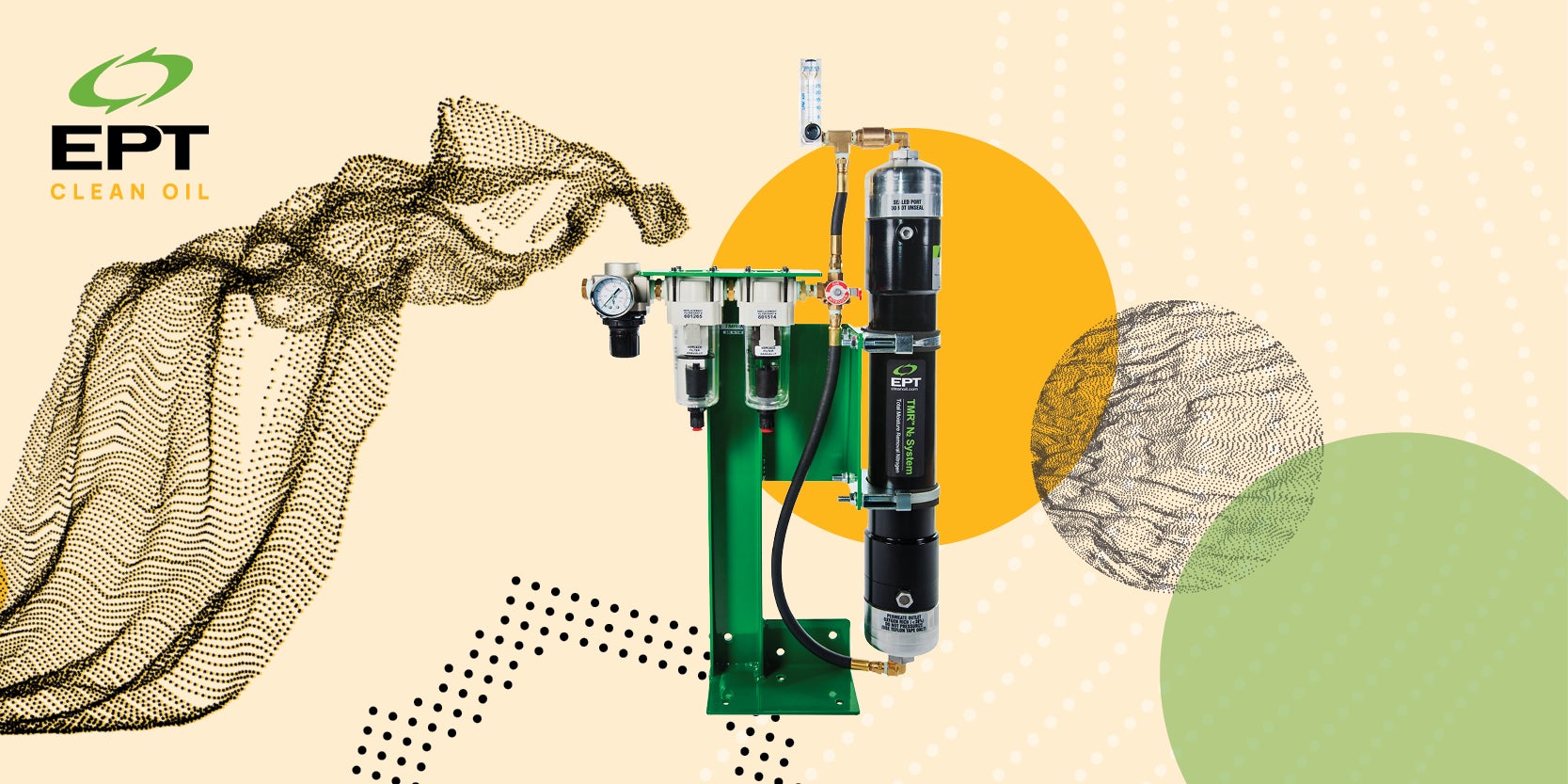
TMR™ N2 Moisture Removal Systems
The TMR™ N2 nitrogen blanketing system provides unlimited capacity to remove water and eliminate atmospheric water ingression.
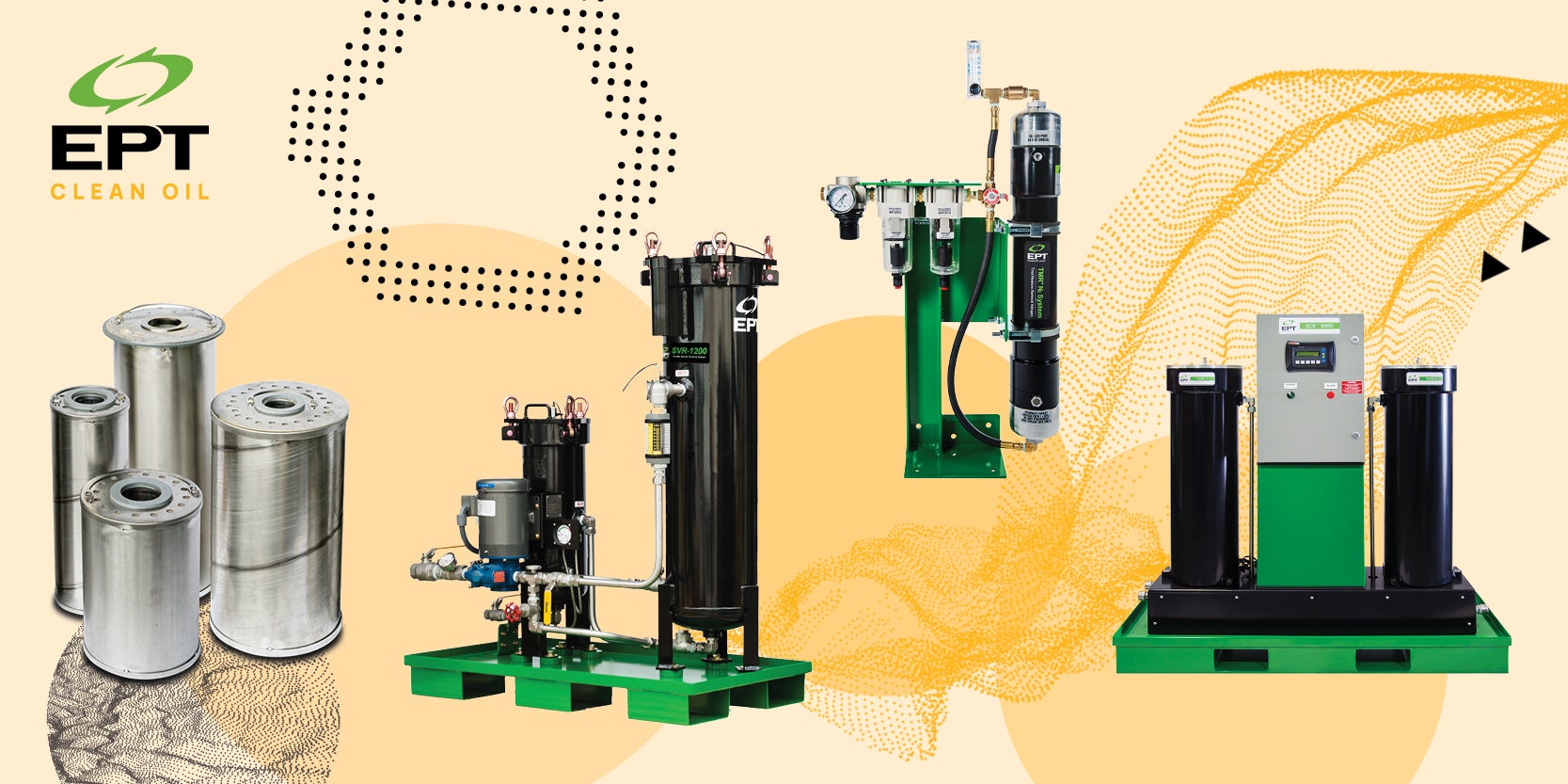
No-Spark Discharge (NSD™) Filters
No-spark discharge (NSD™) filters are specially engineered to eliminate the common issue of filter sparking that occurs in industrial gas turbines.
Video
White Papers
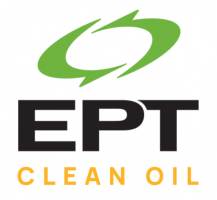
Phosphate Ester Fluid Maintenance Challenges and Solutions in EHC Systems
Despite the excellent lubricating and safety properties of phosphate ester lubricants, many turbine and Electro-Hydraulic Control (EHC) users struggle with their maintenance.

MPC Varnish Potential Testing
Membrane patch colorimetry (MPC) varnish potential testing (ASTM D7843) is an essential analytical test to determine the propensity for a lubricant to form varnish deposits.

Effectively Eliminating Water Contamination from Hydraulic and Lubricating Fluids
Water is the most common and damaging contaminant found in hydraulic and lubricating systems.

Extending Oil Life via Antioxidant Replenishment Processes
Sacrificial antioxidant molecules have been proven to play an important part in influencing the lifespan and overall performance of turbine oils.
Related Projects
Press Release
TMR™ N2 systems produce ≥97% N2 gas that is extremely dry (-67.8°C/-90°F dew point and <0.01% relative humidity) using a small amount of standard compressed air at ambient conditions (24˚C/75˚F).
Read moreOxidation begins the very first day a lubricant is put into service. The oxidation process creates a dissolved breakdown product, or varnish precursor, that will accumulate in the oil over time until it becomes saturated. Once a saturation point is achieved, these varnish precursors physically convert from the dissolved form into solid deposits.
Read moreDoes the system work during normal turbine operation when the varnish is dissolved in the oil?
Read moreOxidation begins the very first day a lubricant is put into service. The oxidation process creates a dissolved breakdown product, or varnish precursor, that will accumulate in the oil over time until it becomes saturated. Once a saturation point is achieved, these varnish precursors physically convert from the dissolved form into solid deposits.
Read moreVarnish removal technologies can be classified into two main categories: 1) Particulate removal including electrostatics, balanced charge agglomeration and depth media filters, and 2) Dissolved breakdown product removal including ion exchange and ion charge bonding technologies.
Read moreWhile routine oil analysis is the cornerstone to all condition based monitoring (CBM) programs, the resulting data is not always leveraged into meaningful information.
Read moreRegional Offices
#17 3900 106th Ave SE,
Calgary,
AB T2C 5B6
Canada


